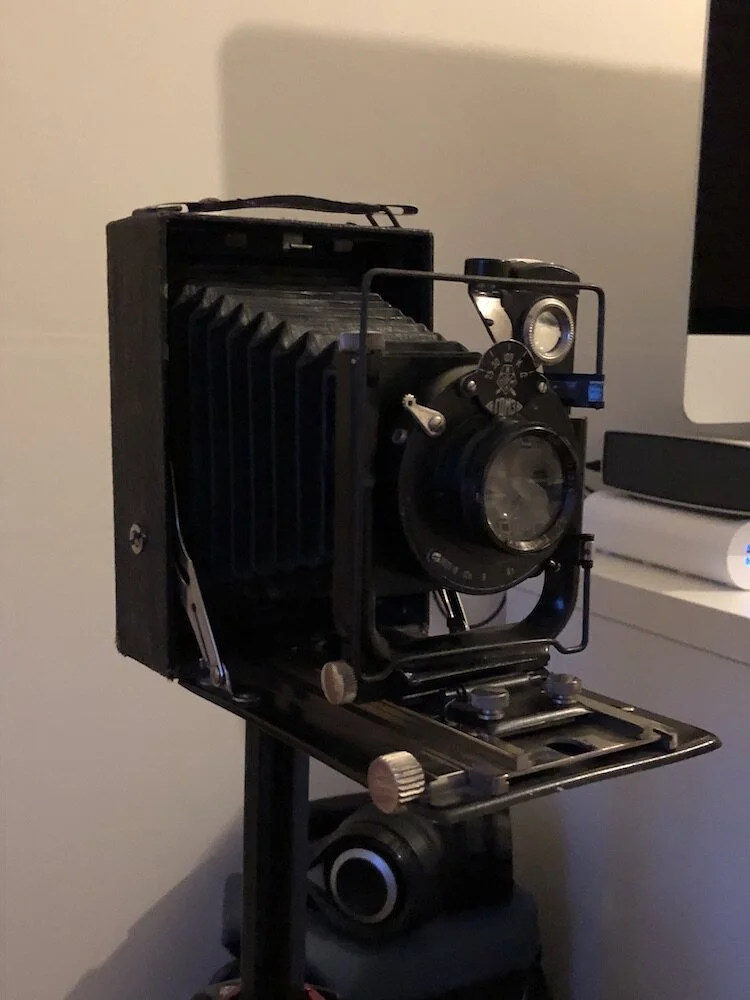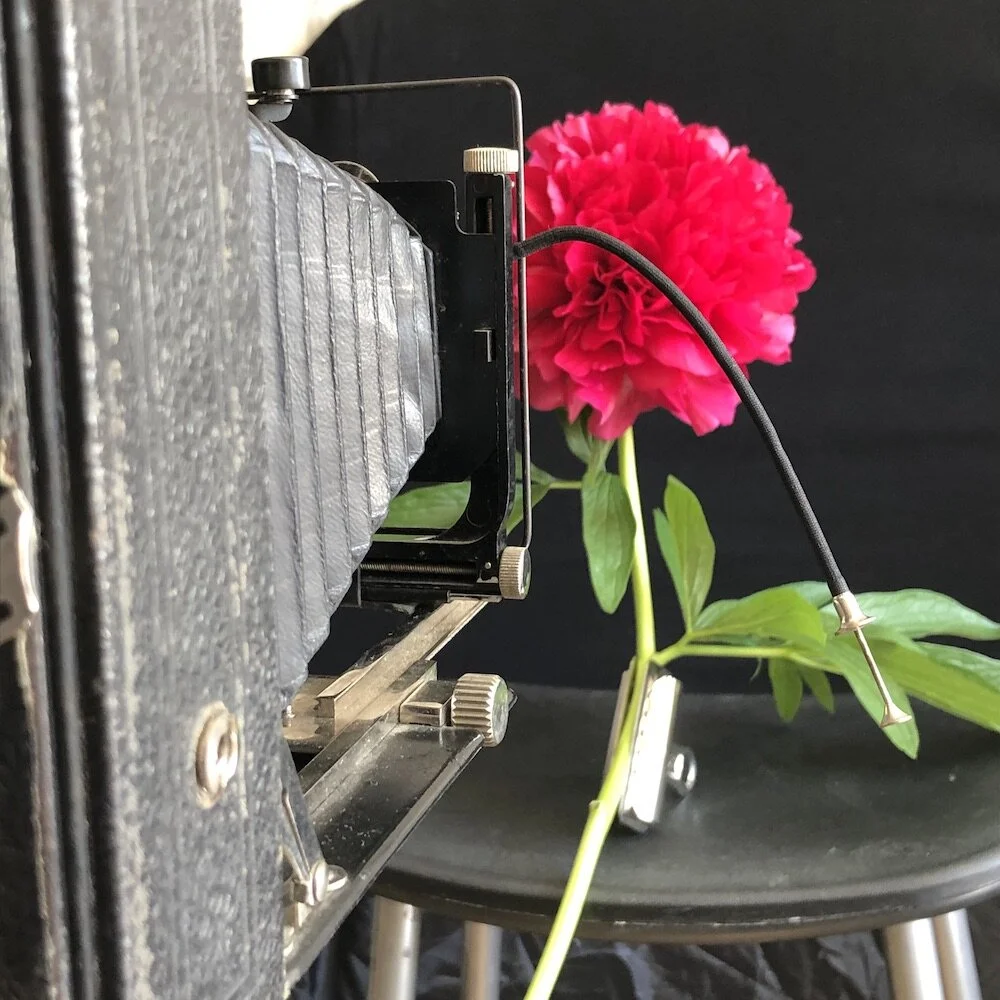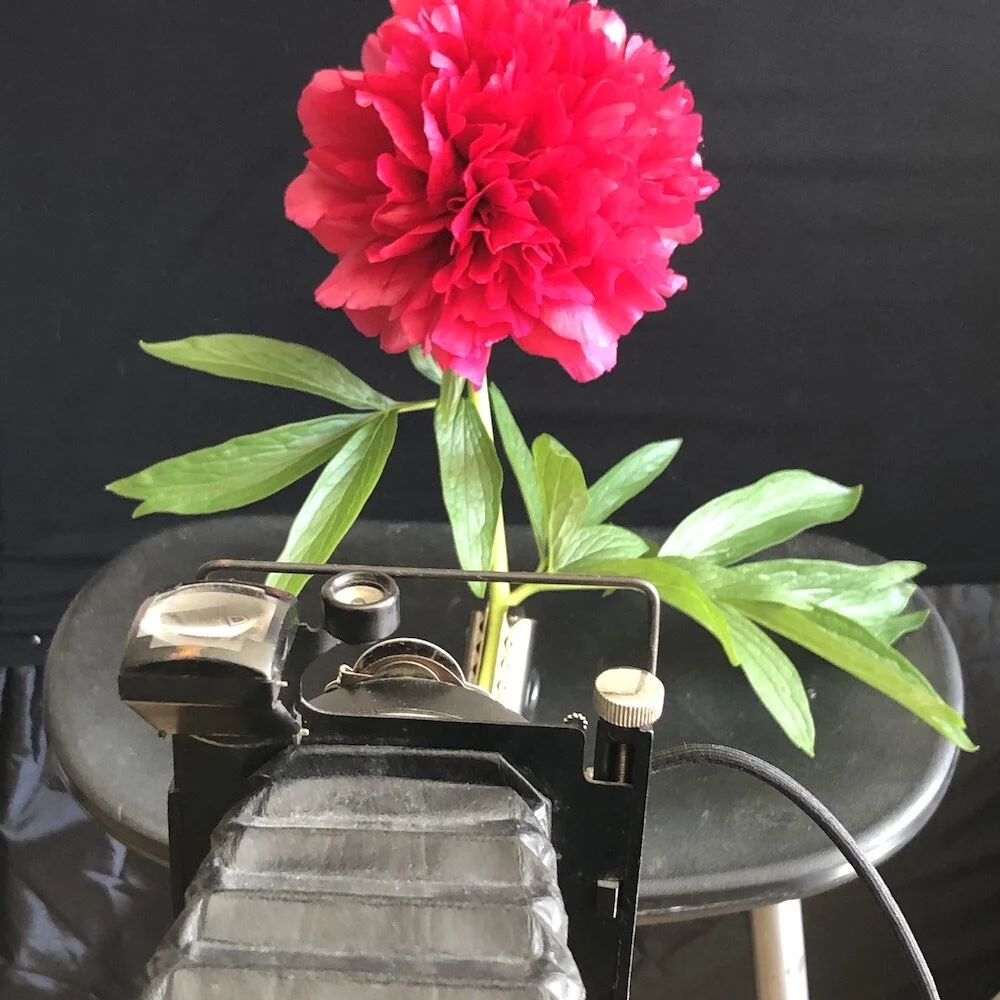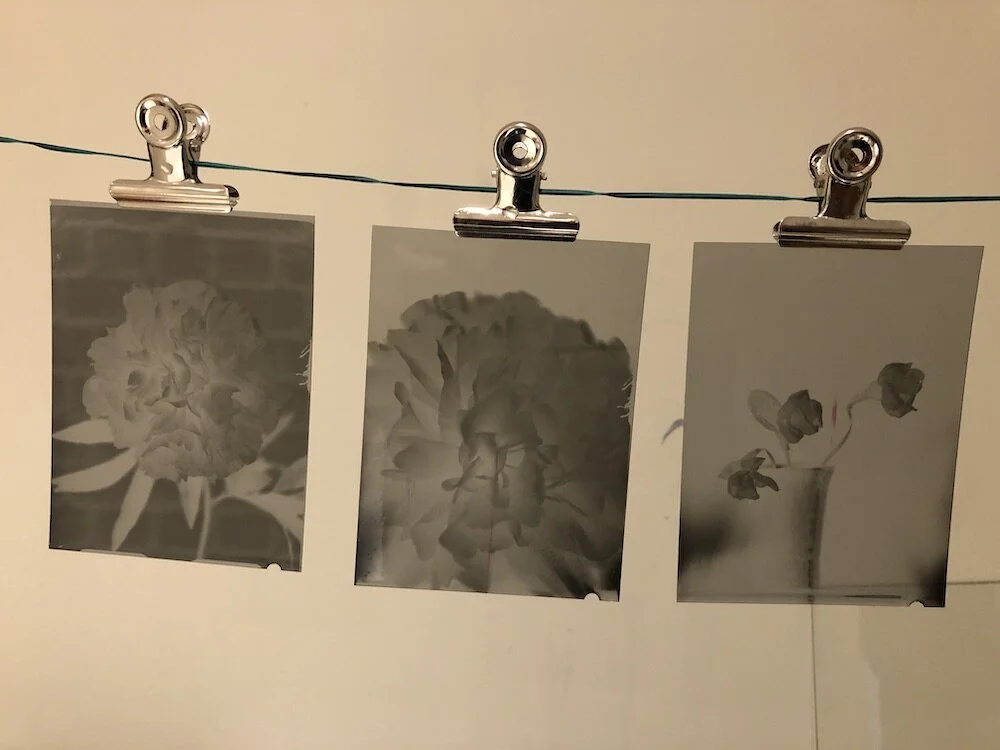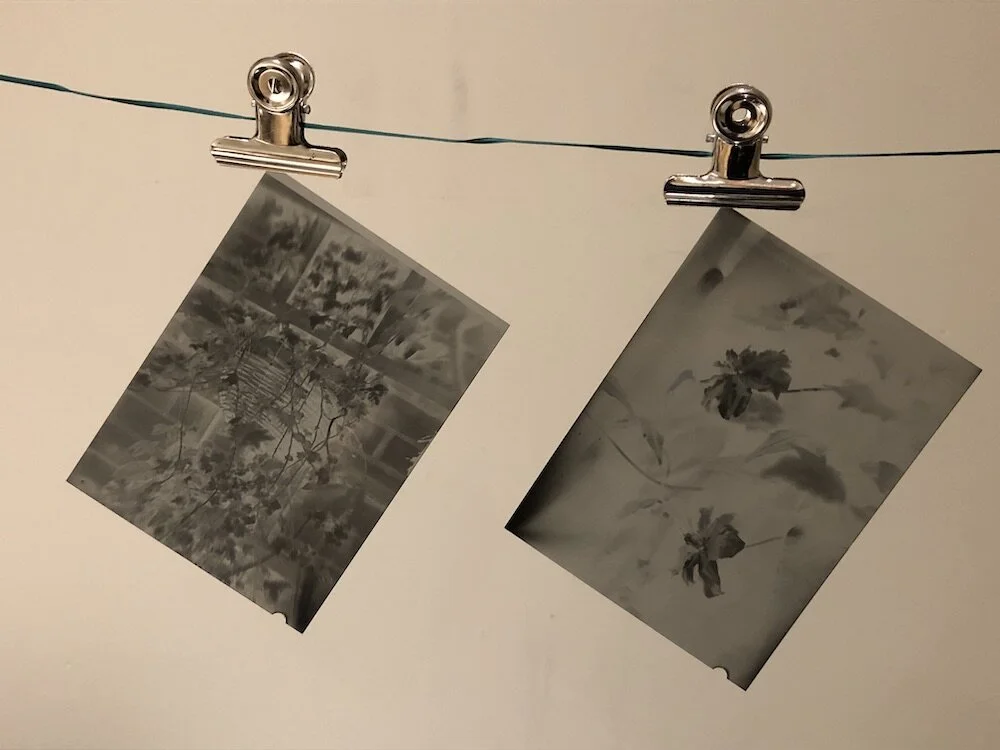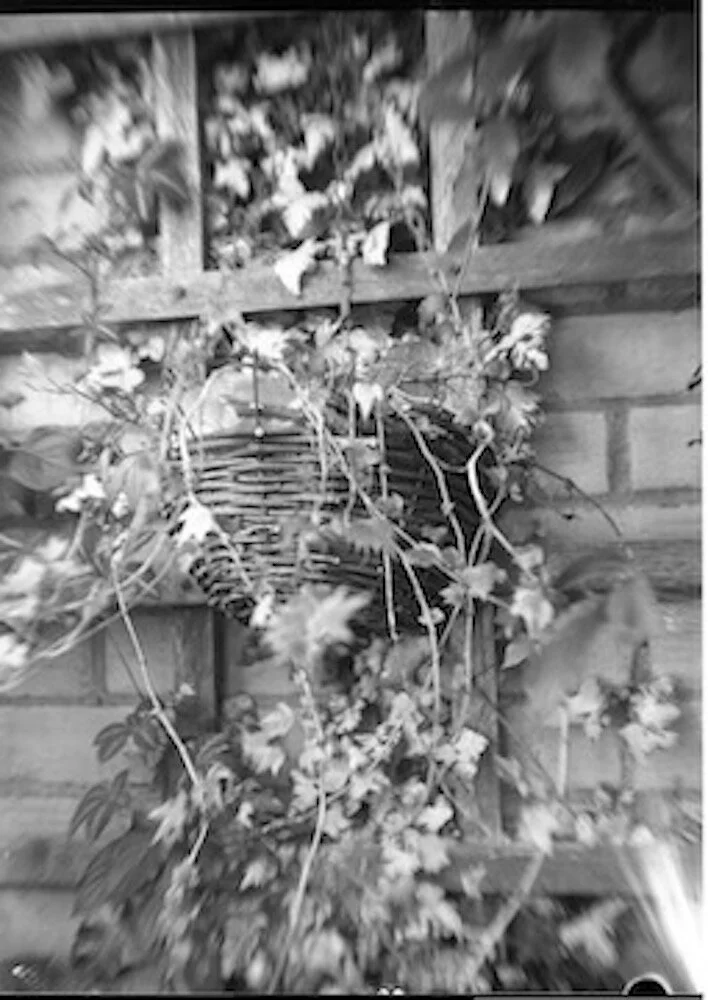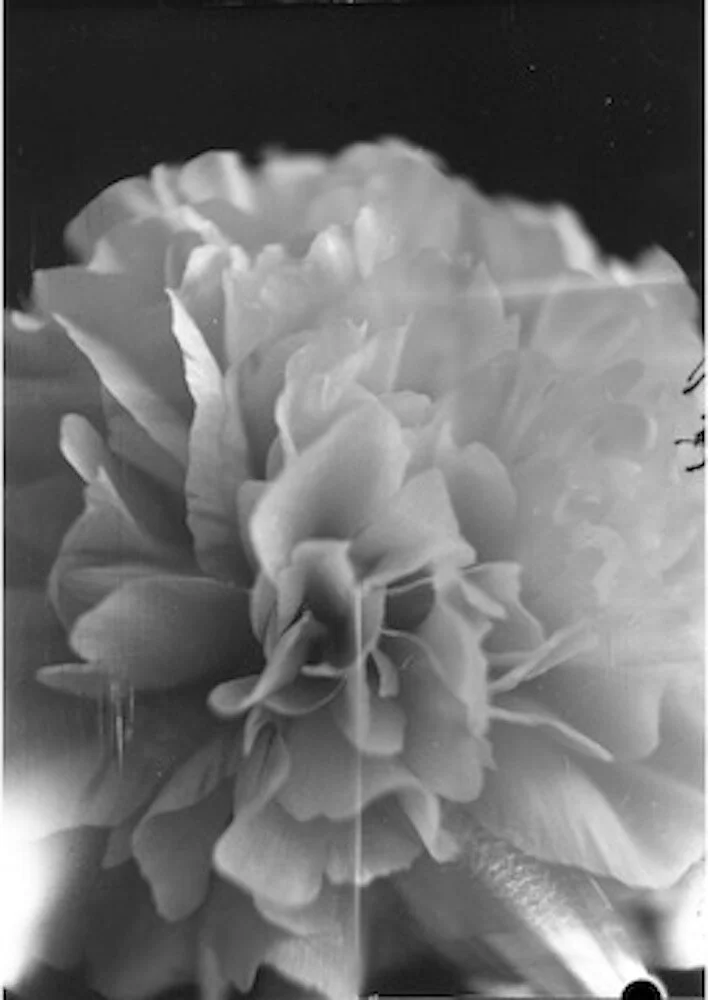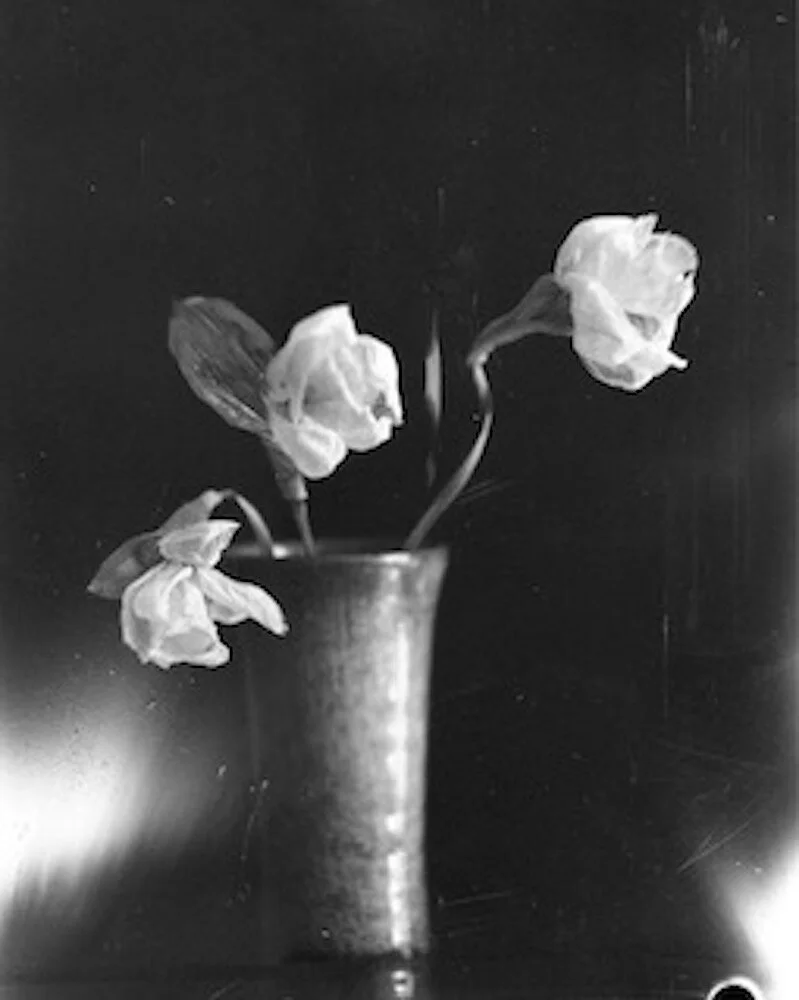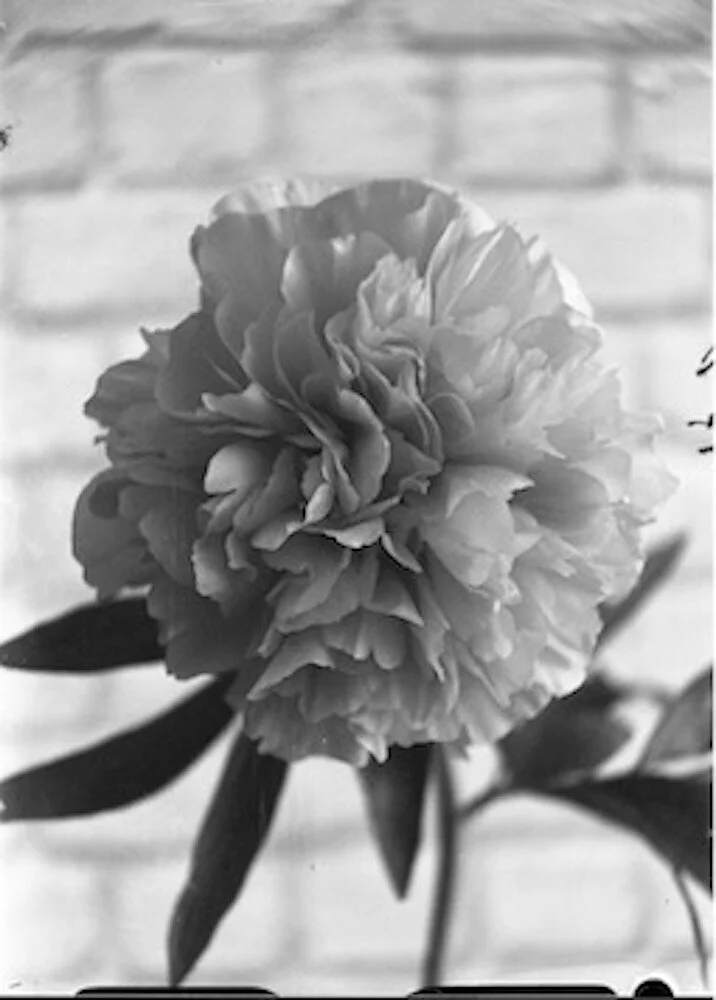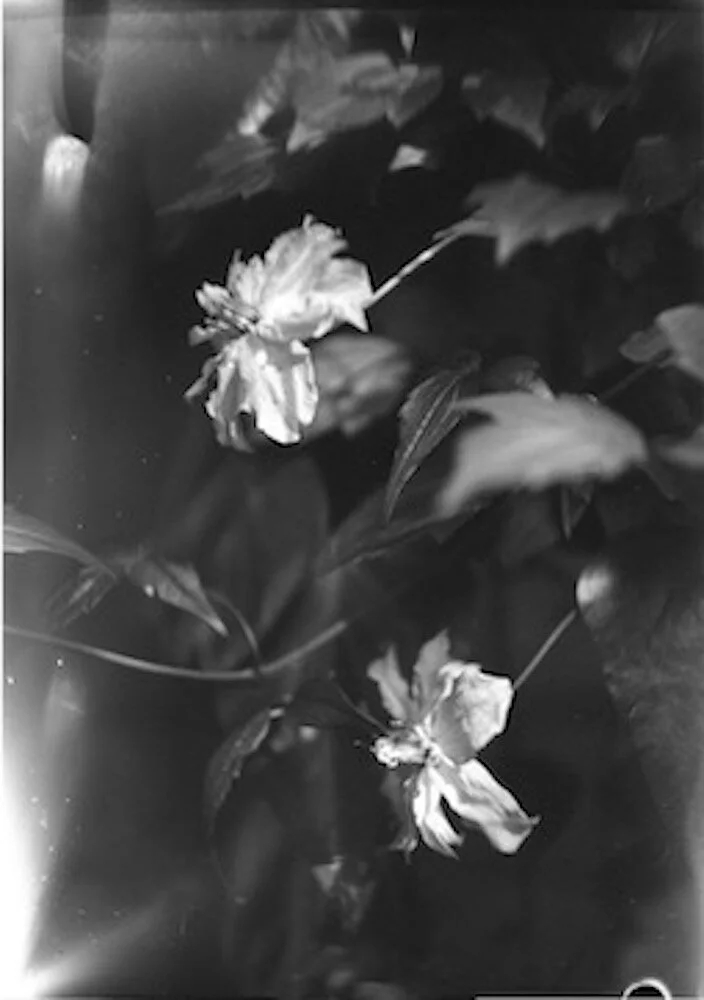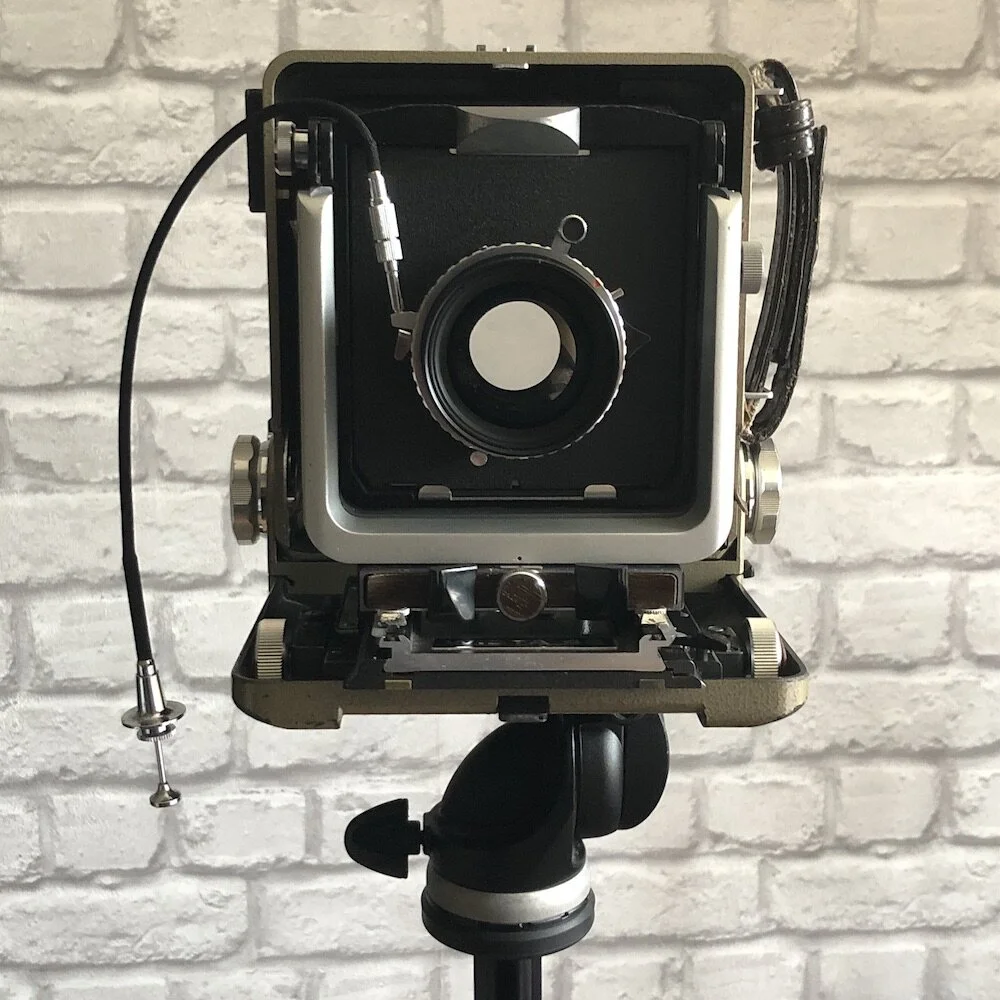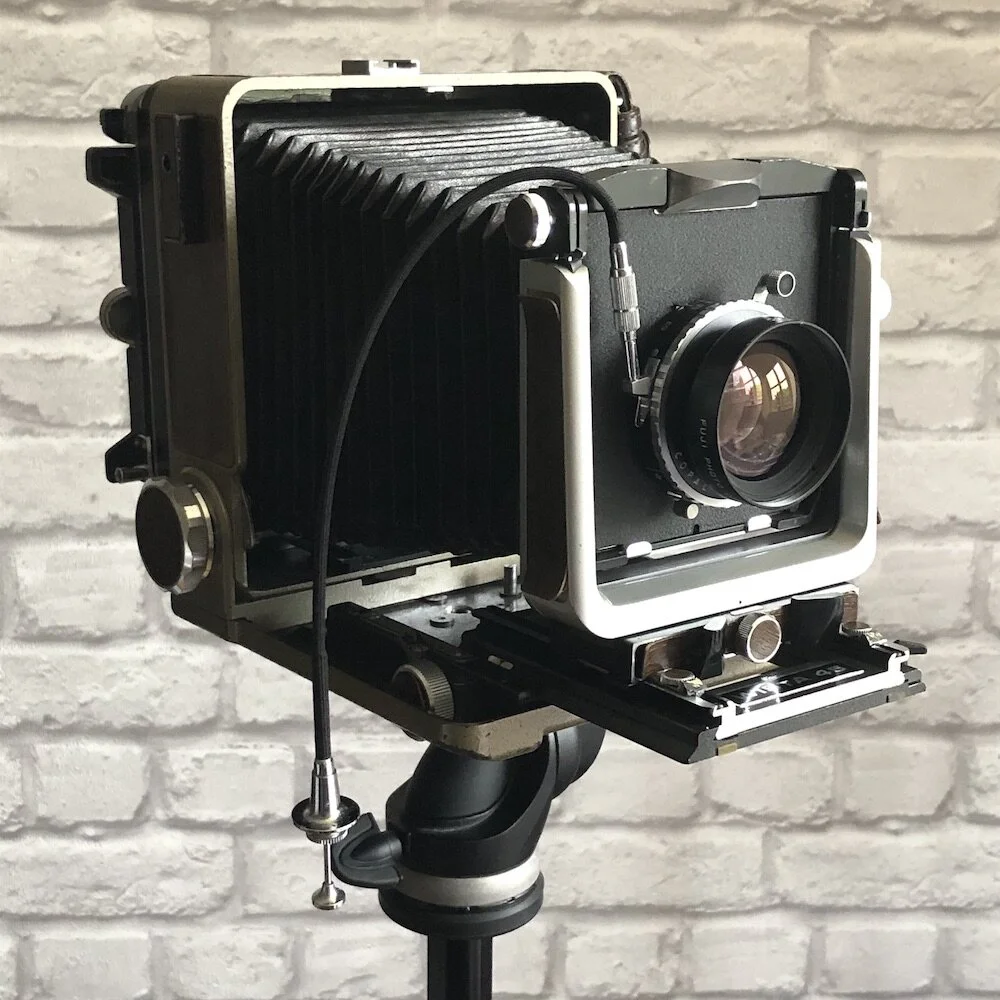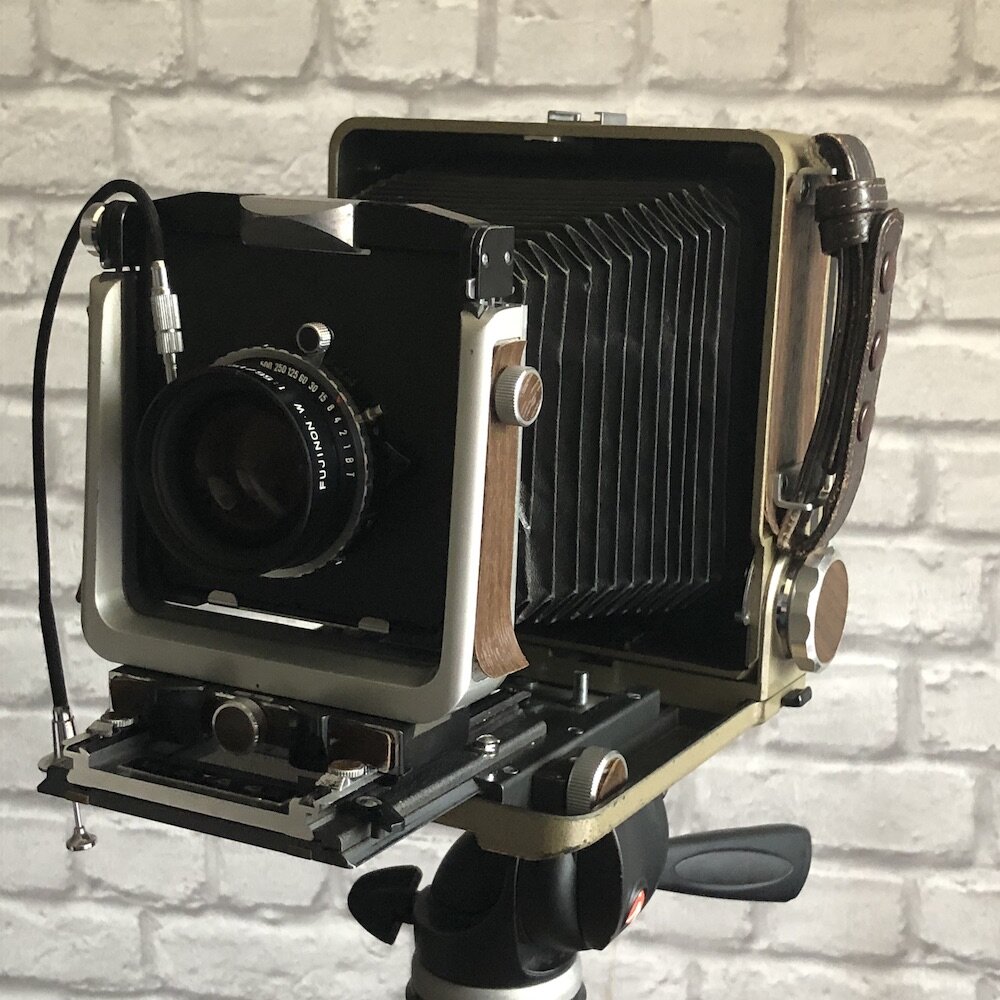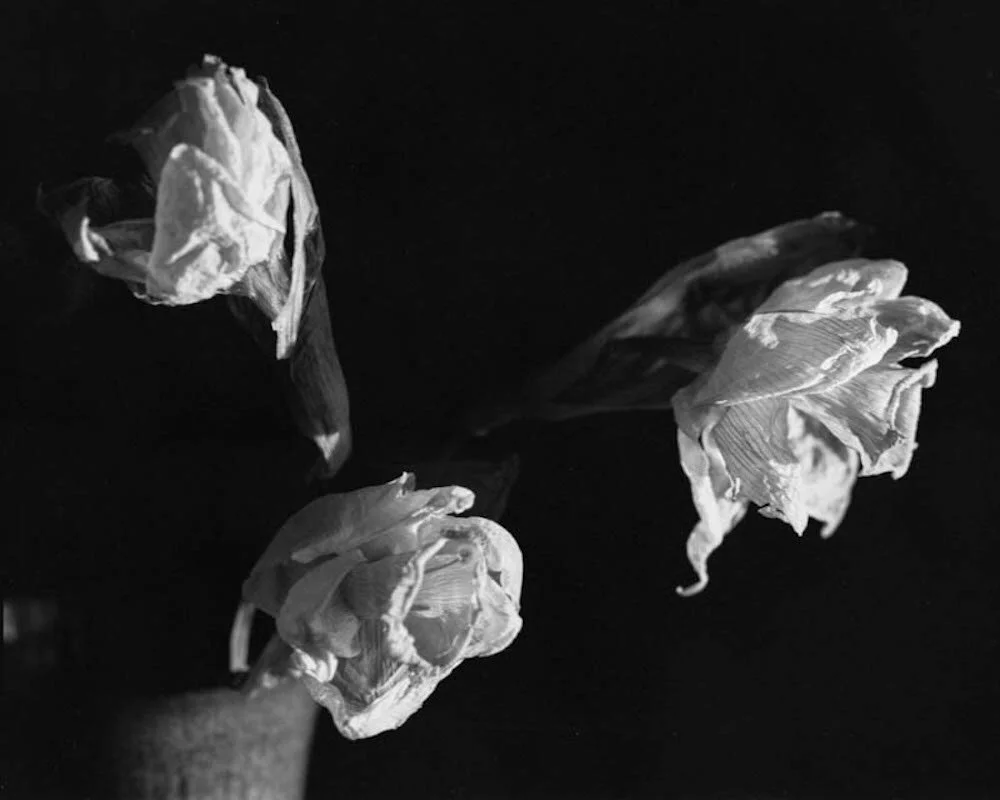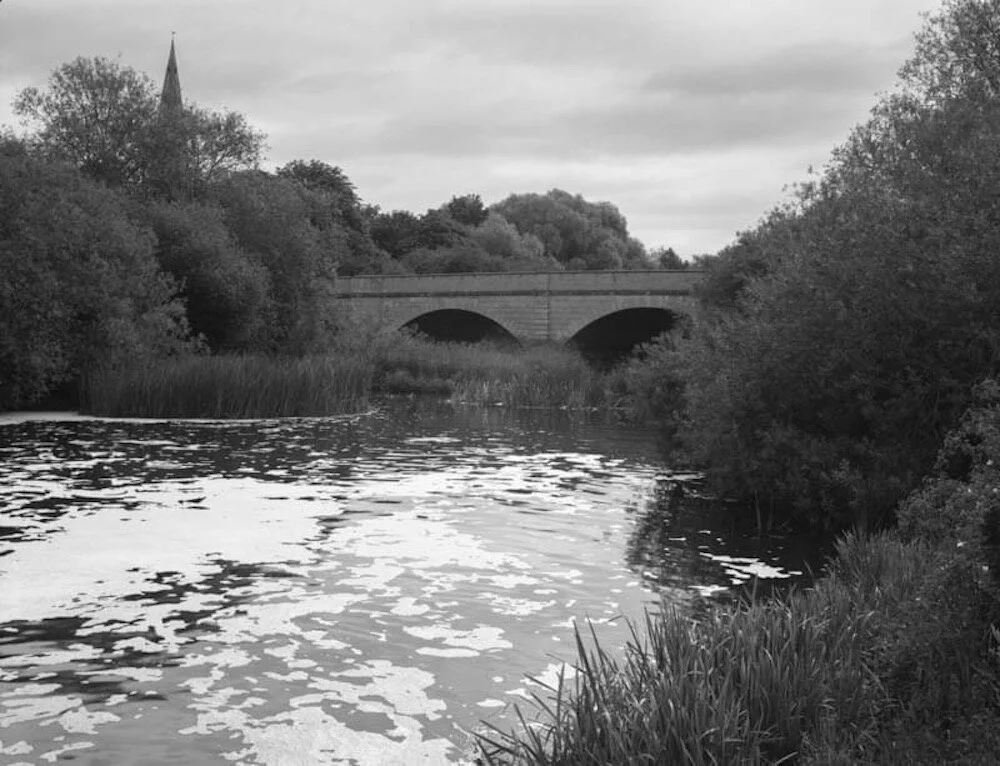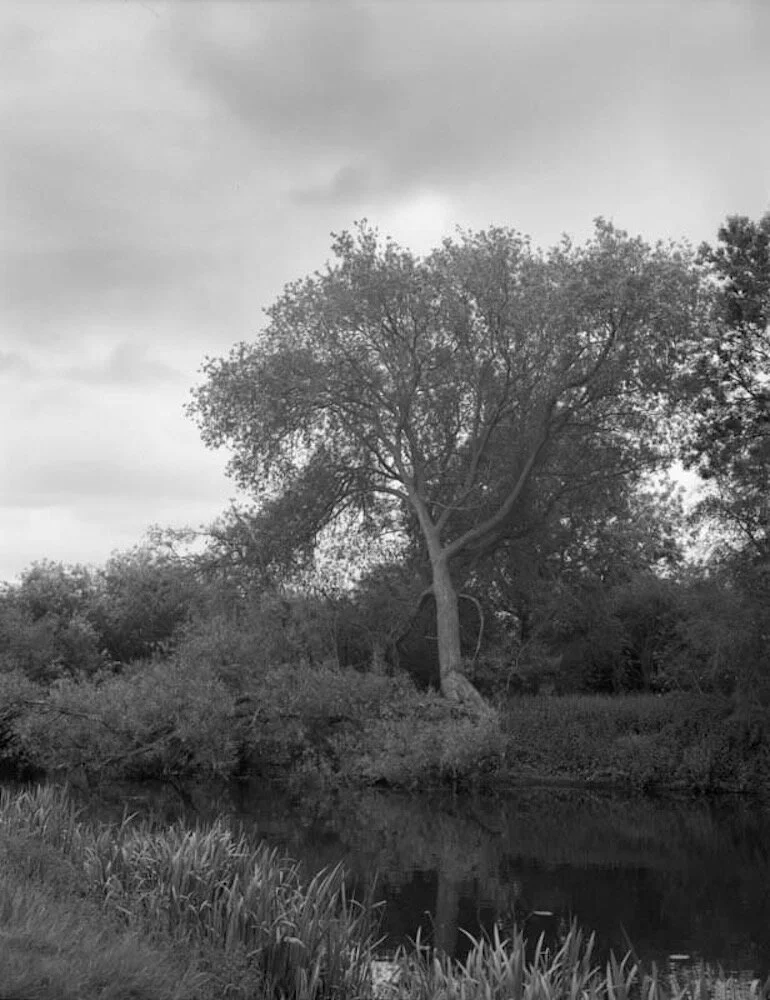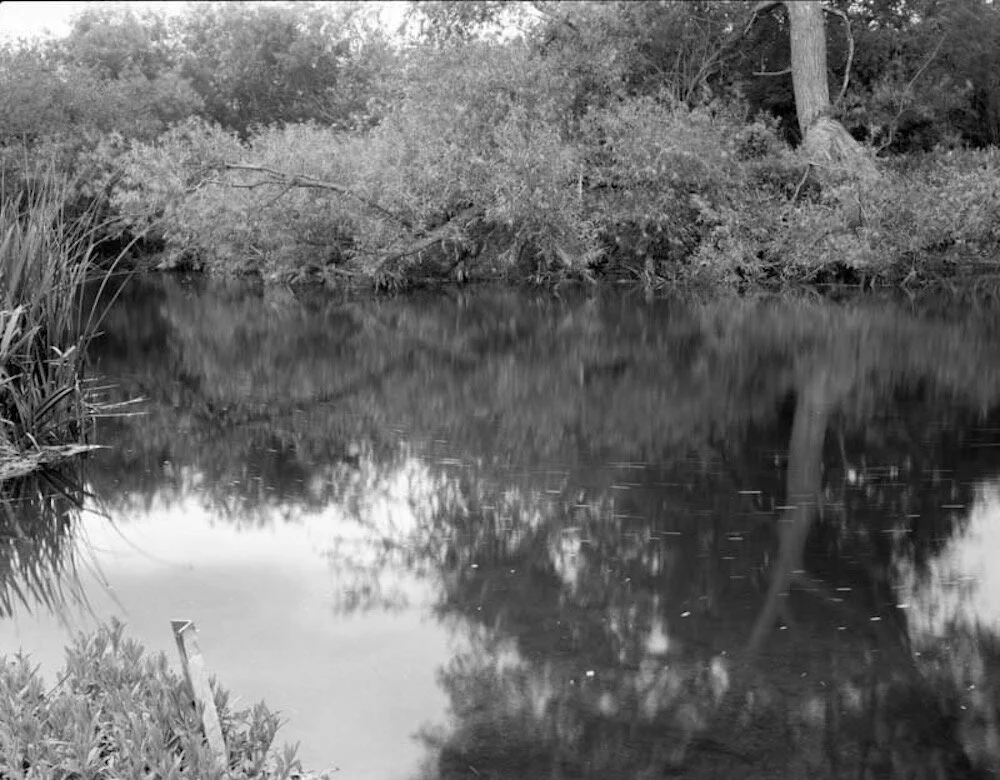Few years ago I have started to shot film, giving up slowly but continuously on digital. Don’t get me wrong, I got nothing against digital and its convenience for certain type of jobs and that’s the reason I still shot it frequently on trips and holidays for example or when pictures are at immediate need.
Along this journey I tried and experimenting different film brands and sizes form the standard 35mm to 120 in 6x4.5, 6x6 (which I am irretrievable in love with), 6x9 and even 6x12.
However, the idea of going beyond medium format and step into the realm of large format shooting always intrigued and kind of scared me in the same time. So shyly, taking advantage of an old Russian Fotokor 1 camera which was dusting on my shelf for few years I start trying some 9x12 negatives.
This camera was not designed for film sheets but glass plates, so I had to improvise the holders to take the thiner sheets of film. Took few shots, developing the film using my AP tank using Taco method. I can’t tell I was disappointed, but the process was harder than I thought and I failed many times due to the lack of proper tools. Actually the negatives came pretty good considering, and I kinda like the feel and look they have, even with their scratches and light leaks.
shooting with Fotokor 1
developing using Taco method
9x12 negatives drying
images from 9x12 negatives
Well... that was the moment when I decided to make the big step. Aware about the difficulty and the extra hustle may come with the bigger negatives, I went for a 4x5 camera and that's how I got this Japanese beauty - Wista 45N - born in 1957, so with enough life experience to pass to me some wisdom too.
As you may know already, but if don't, large format photography is considered to be anything starting from and above 4x5 - and we're talking inches here, not cm. To have an idea, a 4x5 negative is about 14 time bigger than a 35mm frame (the resolution is huge).
The approach is completely different than other formats , simply because the camera system is different, yet very basic, consisting in a so called "front standard" which takes the lens and a "rear standard" which takes the ground glass for focusing and the film holder connected with a bellows. I have no intention to go in depth with this technical details as the web is full of tutorials and articles in regards. If interested, I actually recommend you to do it and find out what and how as is a great experience in itself.
I am in that stage when I keep being amazed and intrigued every time I have to load my films, prepare the bag, checking all the stuff I need again and again just to make sure I'm not going out the door unprepared, impatient to set up the tripod with the camera on it, looking through the ground glass to the up side down and reversed image in front of the lens, hidden under my dark cloth, focusing and measuring, calculating bellows factor and possible exposures to squeeze the best possible from what I think is an image which worth the effort. And then you press the cable release hearing a vague click. Done. Maybe another exposure. Maybe more. Every time same ritual.
shooting with Wista 45N on poppies field
Now you finished your sheets and rushing home to start another ritual - the developing. Hands shake, anxiety, endless minutes but finally you hold in your hand that piece of celluloid, precious. You made it. And you wonder yourself again: It worth the effort?! It does. Every time...
